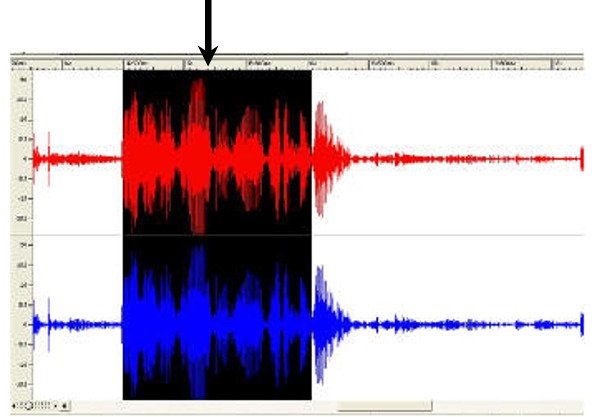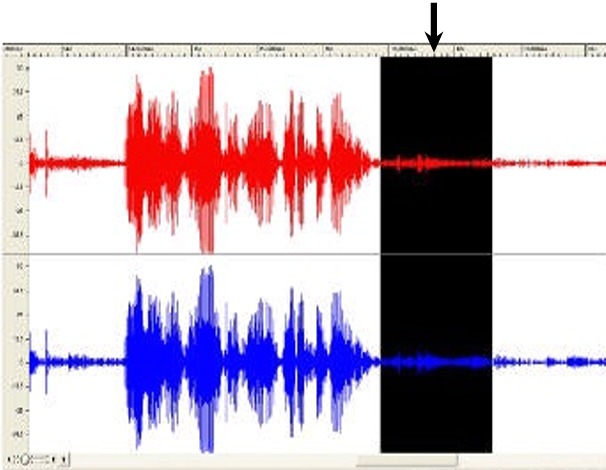Any technology
This technique relates to:
The objective of this technique is to allow authors to include sound behind speech without making it too hard for people with hearing problems to understand the speech. Making sure that the foreground speech is 20 db louder than the backgound sound makes the speech 4 times louder than the background audio. For information on Decibels (dB), refer to About Decibels.
A narrator is describing a riot scene. The volume of the riot scene is adjusted so that it is 20 db lower than the announcer's volume before the scene is mixed with the narrator.
The following is a link to an mp3 file. It is an audio track that has been mixed so that there is sufficient contrast between the foreground and background sounds. When it is listened to, the foreground is heard clearly above the background.
Example of good audio contrast (MP3)
Here is a transcript of the speaking voice on this good contrast example:
"Usually the foreground refers to a voice that is speaking and should be understood. My speaking voice right now is 20 decibels above the background which is the music. This is an example of how it should be done."
After the foreground and the background sound tracks have been mixed to one single file, that single file can be opened in any popular audio editing software package and viewed in an editing window that renders a visual representation of the audio content. This can be used to help determine the contrast level between the foreground and background of an audio track.
The graphic below (figure 1) is a visual representation of the mp3 audio file above that has sufficient contrast between the foreground and the background. Both the foreground and the background are in the selected portion of the wave file.

The selected region of the wave file in figure 1 above which contains both the foreground and background sound is a very large wave. The selected region of Figure 2 below which contains only background sound is a much smaller wave.

The following is a link to an MP3 audio example of insufficient contrast between a narrator and background music:
Example of bad audio contrast (MP3)
Here is the transcript of the voice on the insufficient contrast example:
"This is an example of a voice that is not loud enough against the background. The voice, which is the foreground sound, is only about 2 decibels above the background sound. Therefore is difficult to understand for a person who is hard of hearing. It is hard to discern one word from the next. This is an example of what not to do."
Resources are for information purposes only, no endorsement implied.
About Decibels by Gregg Vanderheiden
(none currently listed)
Locate loud values of background content between foreground speech
Measure the volume in dB(A) SPL
Measure the volume of the foreground speech in dB(A) SPL
Subtract the values
Check that the result is 20 or greater.
#5 is true